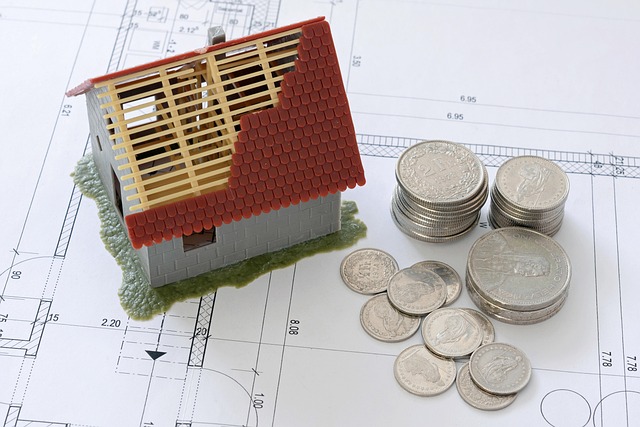House Market: Trends for Suburban Buyers and Renters
The house market affects many households differently depending on location, household type, and financial circumstances. Recent shifts in supply, demand, and lending conditions have changed choices for people considering single-family homes, townhouses, or apartments. This article outlines practical considerations for suburban areas, explains how interest rate movements influence decisions, highlights what a home buyer should evaluate, summarizes apartment-related dynamics, and points to market indicators that matter for planning a move or investment.

Suburban market shifts
Suburban areas often react differently than urban cores. Demand in suburbs can rise when buyers seek more space, different school districts, or lower density living; conversely, it can slow if jobs cluster back in city centers or if commuting costs increase. Inventory levels, local zoning changes, and new construction also shape suburban pricing. For someone watching the market, compare recent sales, average days on market, and the mix of single-family homes versus new developments to understand whether a neighborhood is expanding, stabilizing, or cooling.
How interest rate changes influence buyers
Interest rate movements directly affect monthly mortgage payments and borrowing capacity. When interest rates rise, the same loan amount costs more each month, which can reduce the number of qualified buyers and put downward pressure on prices. When rates fall, affordability improves for many would-be buyers, potentially increasing competition. Beyond immediate affordability, projected future rate trends influence decisions about locking a rate, choosing between fixed and adjustable mortgages, and timing a purchase relative to refinancing possibilities.
What a home buyer should evaluate
A home buyer should assess financial readiness, local market conditions, and long-term goals. Key financial checks include down payment size, emergency savings, and preapproval status. Evaluate neighborhood characteristics like schools, commute times, and resale potential. Inspect a property’s condition, maintenance needs, and any foreseeable renovation costs. Consider whether the purchase aligns with your intended length of stay; short periods often favor flexibility (renting or a smaller purchase), while longer horizons can absorb transaction costs and market cyclicality.
Apartment supply and demand dynamics
Apartments play a stabilizing role in many housing markets by offering rental options for those not ready to buy. Apartment demand depends on local employment, student populations, and preferences for walkable amenities. New apartment construction increases supply and can ease rental pressure, while limited construction or strong inbound migration tightens the rental market and raises rents. For those choosing between buying a house and renting an apartment, compare total monthly costs, mobility needs, and maintenance responsibilities to make a tailored decision.
Broader market indicators to watch
Several indicators help interpret where the market is heading: inventory levels (months of supply), median sale price trends, mortgage application volumes, and local employment data. Price-to-rent ratios can signal whether buying or renting offers better value in a given area. Building permit activity reveals new supply coming to market, while auction and foreclosure rates indicate stress points. Monitoring these metrics over several months provides a clearer picture than reacting to single announcements or daily price headlines.
Conclusion
Understanding the house market requires weighing local conditions, financial factors, and personal priorities. Suburban shifts, interest rate movements, and the balance between buying and renting via apartment options all play roles in individual decisions. By tracking objective indicators and assessing your own budget and timeline, you can better align housing choices with long-term goals and changing market conditions.






